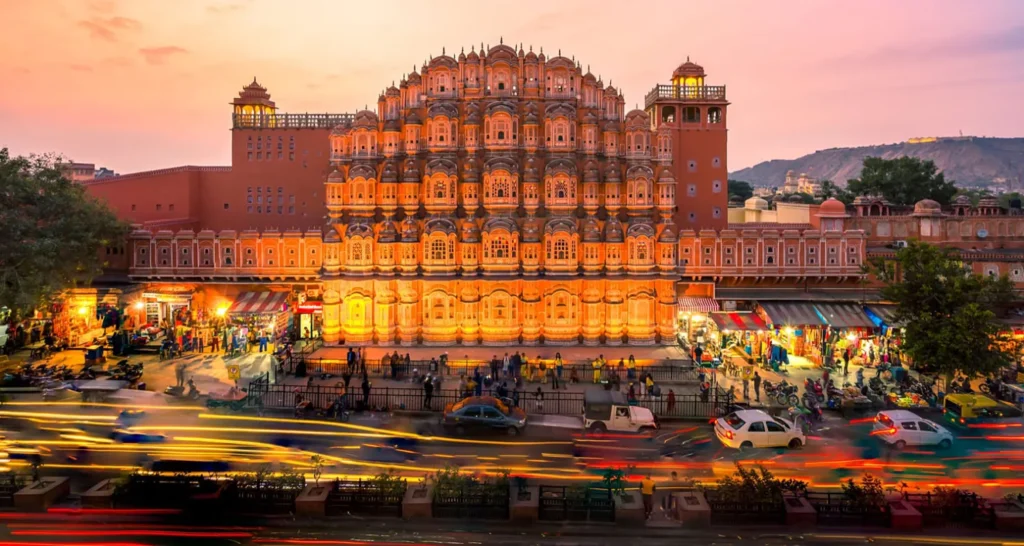While digital technology is transforming vehicles and the way we interact, it is also reshaping transport infrastructure in the city. Smart infrastructure technologies, which are collectively referred to as intelligent transportation systems (ITS), have been embedded in roads, car parks, traffic lights, toll-booths, and bridges, allowing communication with each other as well as the automobiles that use them. All these innovations provide a prospect of road transport infrastructure that experiences less congestion, is much safer, and eases maintenance.
The adoption of cutting-edge technologies like smart sensors that can monitor traffic flow, air pollution, structural changes, and temperature monitoring paves the way for future-proof road networks in a climate of growing demand and ever-increasing financial pressures on the Local Authorities.
The emergence of smart systems powered by ICT is increasingly becoming an essential part of road infrastructure. For instance, road infrastructure for the future is designed to incorporate ICT systems that are going to enhance safety and monitoring as well as control. In the field of road freight transportation, the use of ICT systems is already starting to reshape the functioning of this industry. For ordinary road users, the combination of ICT and ITS technologies facilitate the emergence of active support of data management by IT giants like CISCO Systems.
Automatization trends in cities’ infrastructure
Roads all over the world are set to be redefined with the realization of driverless cars edging ever closer. One form of structural waste within the transport infrastructure is the disruption arising from unplanned maintenance. The use of ITS technology will be of help here too. Future roads will have smart sensors that evaluate the state of repair for both roads and bridges. For instance, such sensors will be able to communicate the repair status to manufacturers, and thus facilitate on-demand repair planning, restoration, and remanufacture functions. This eliminates waiting until the piece of the infrastructure fails or having to track the pointlessly frequent repair schedule. The approach increases the possibility of having product-as-a-service as a type of business model and the likelihood of unlocking increased resource profitability and productivity.
One way of generating the feedback needed for such systems involves making vehicles sensitive to infrastructure conditions. For instance, in Boston, a smartphone app known as Street Bump recognizes potholes from data gathered when cars run over them and spontaneously sends their locations to the transport department. Also, it is expected that the infrastructure will get smarter. Innovative and very sensitive piezoresistive sensors that measure variations in electrical resistance are expected to be embedded inside the concrete used to build bridges as a way of monitoring the stresses on the bridge. Such sensors deliver data wirelessly to the traffic managers regarding the bridge’s carrying capacity and also offer engineers real-time data on the health of the bridge structure. For instance, in the case of an earthquake, the sensors are able to evaluate the dynamic performance of the bridge and even help establish its residual capacity.
Various technologies seek to ensure that roads are not just safer, but also smarter. One big area of research has been adaptive lighting that would permit street lamps to respond to the needs of drivers and roads. Such lights may brighten or dim depending on the number of cars on a given road. Through LED technology, the lights can also be focused to highlight certain road issues, that help you spot things such as potholes at night.
In the future, technologies associated with energy could be incorporated into roads, leading to increased functionality. The technologies include piezoelectric panels, which transform vehicle vibrations on the road to energy that is used as inductive power that charges electric vehicles when they pass on the road. With increased cost reduction, solar highways that incorporate resilient solar panels in the road as a way of generating electricity may start popping up after France introduced the first solar highway.
I believe when fully incorporated into roads, cars, street lamps, and traffic lights, smart technology is going to revolutionize the driving experience. However, while the advances are usually developed with safety at the core, they can only go so far in attaining that goal.
Some actual problems of the cities roads
Demographic pressure within cities is leading to traffic congestion and is affecting the quality of life of the people. As the population grows in metropolitan areas, cities have to find a way of achieving high carrying capacity from the existing road system. This is not going to be solved by only adding highways.
Local Authorities together with their partners face the difficult blend of challenges of maintaining and enhancing road networks as well as highways infrastructure. Currently, there exist more road users than before and little funding aimed at maintaining major and local road systems.
The first-generation Intelligent Traffic Systems (ITS) were trialed across Europe for several years. Early generation ITS were characterized by high maintenance costs and poor quantity and quality of real-time capturing of data.
Criticism & Controversies of the cities’ infrastructure
Regardless of how much technology is put on the road, human drivers can possibly foul things up. We perhaps, also need to improve human behavior.













